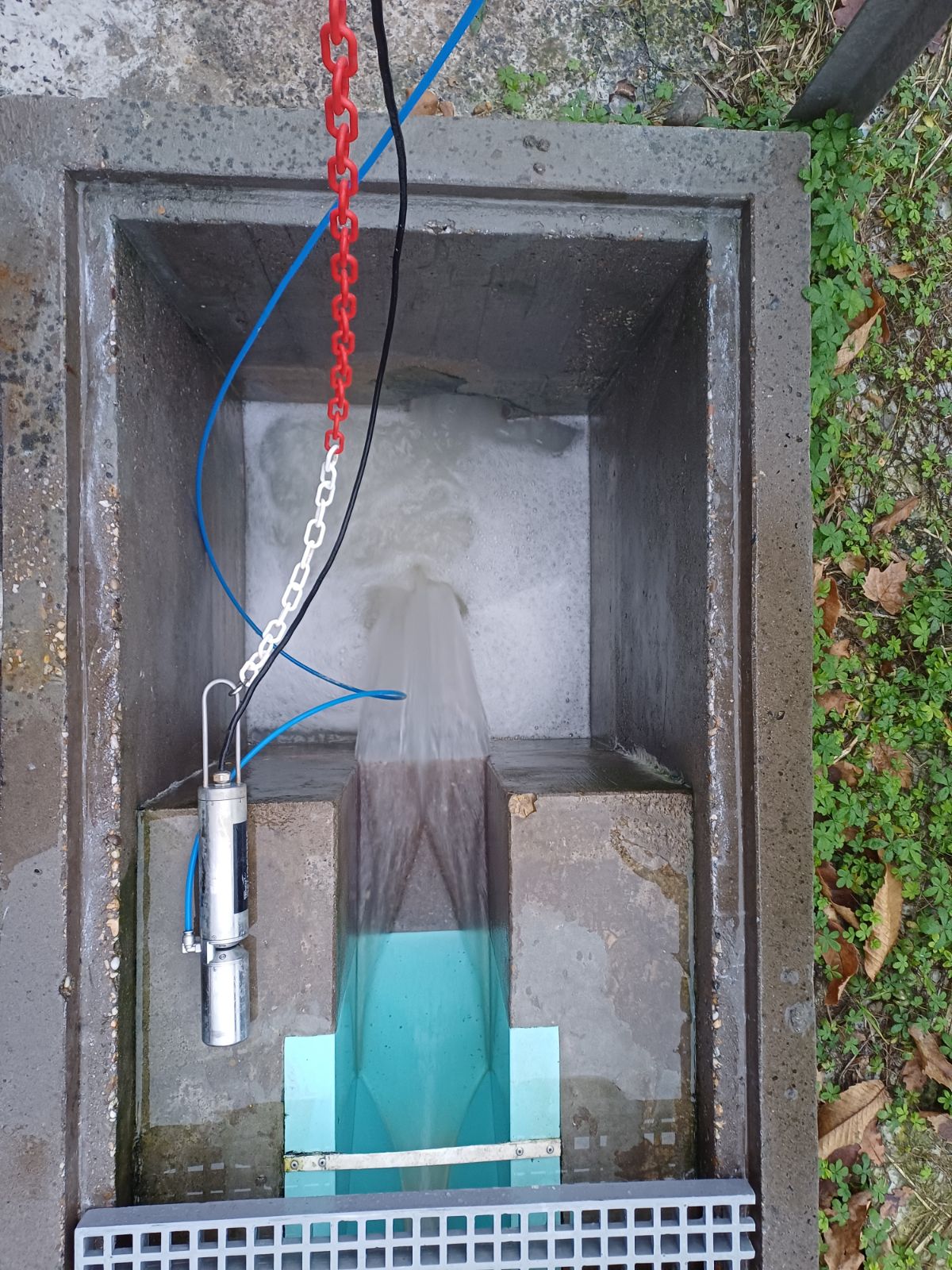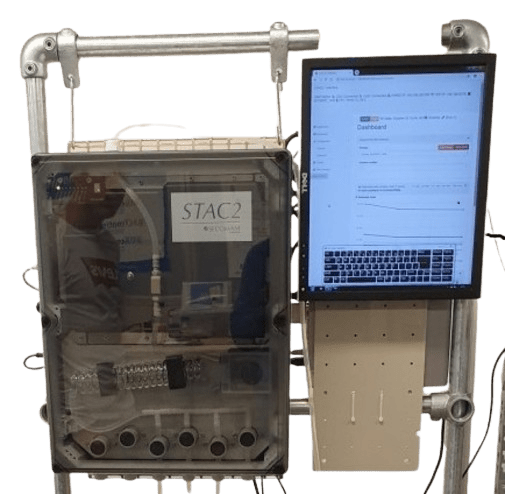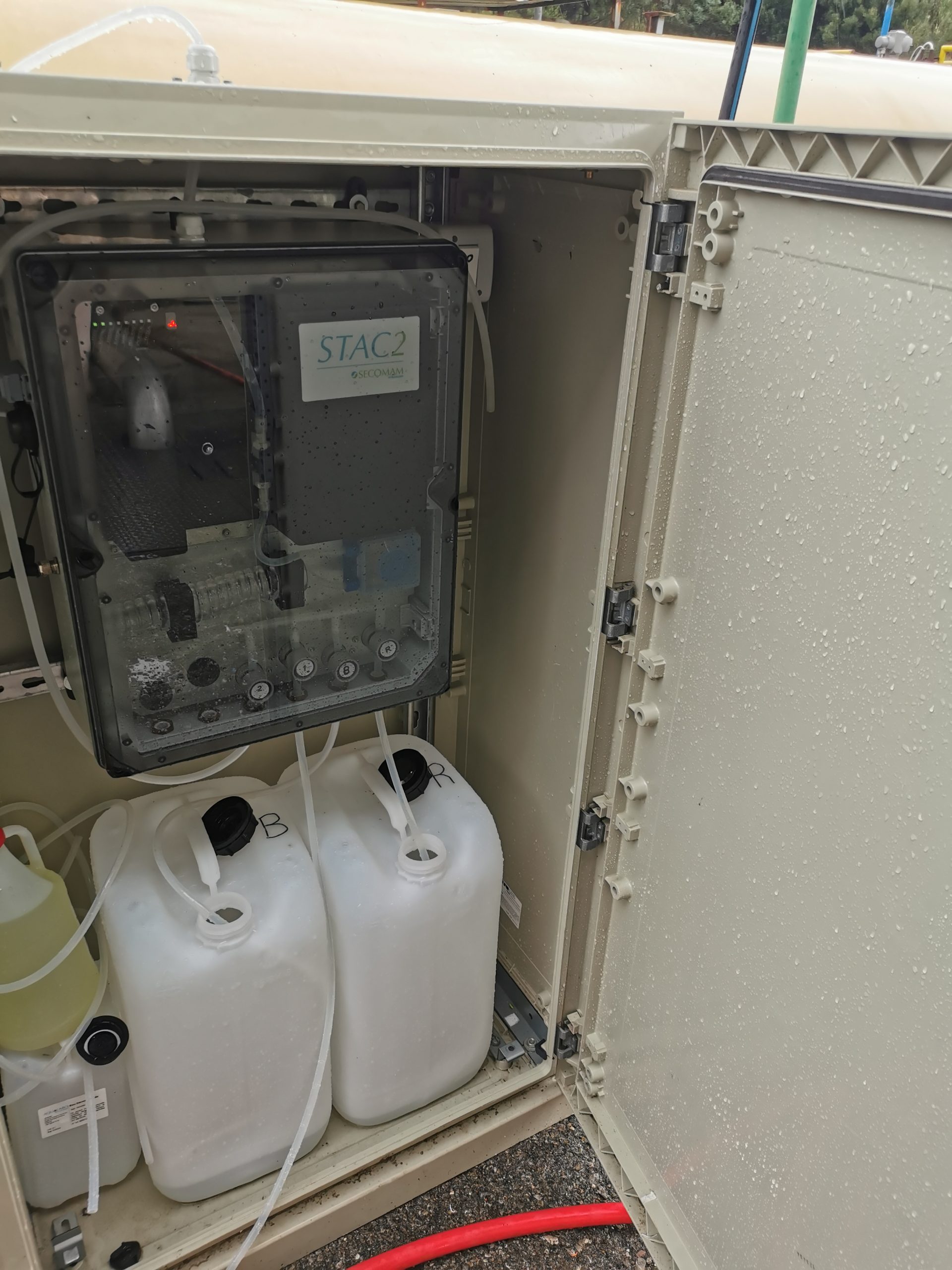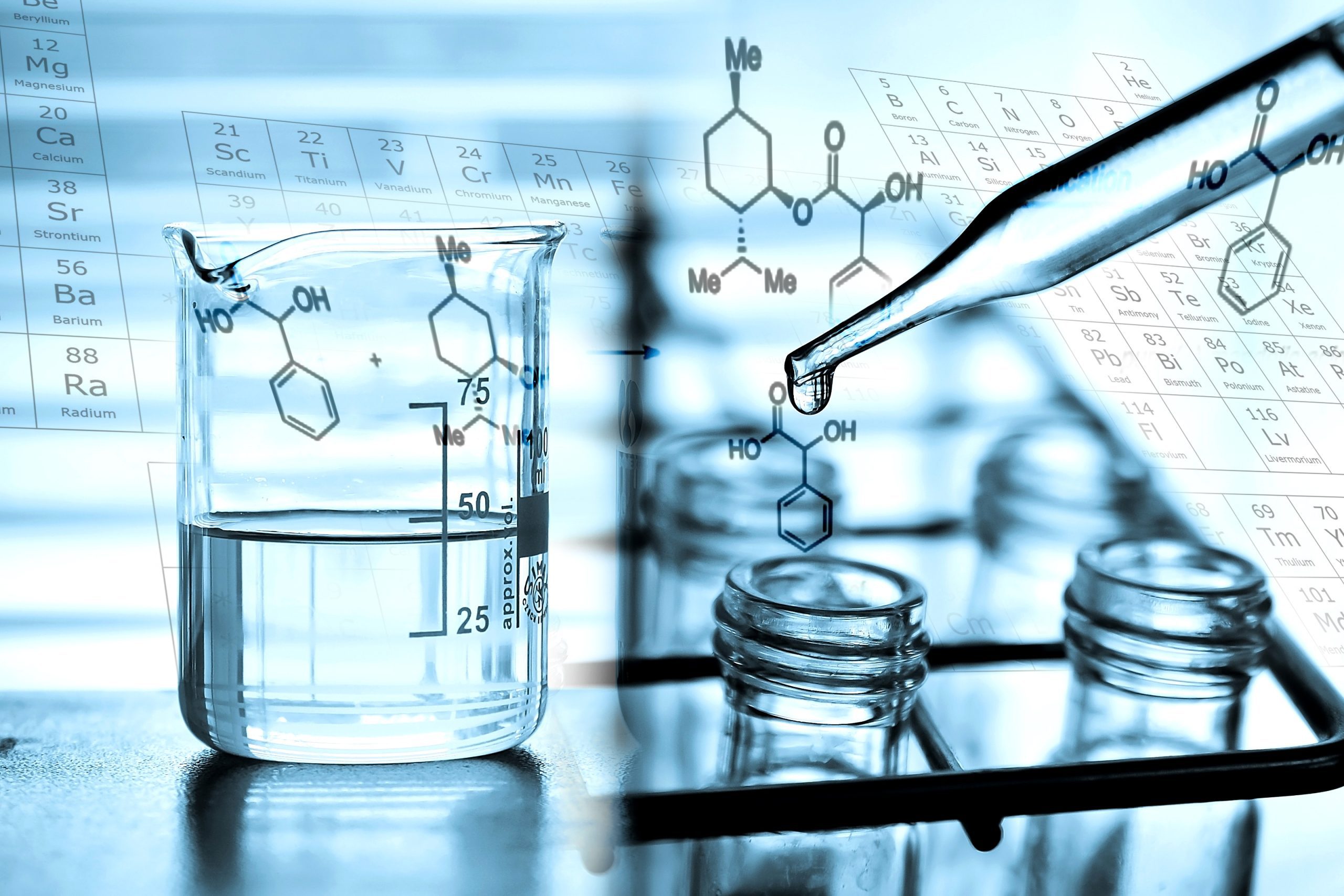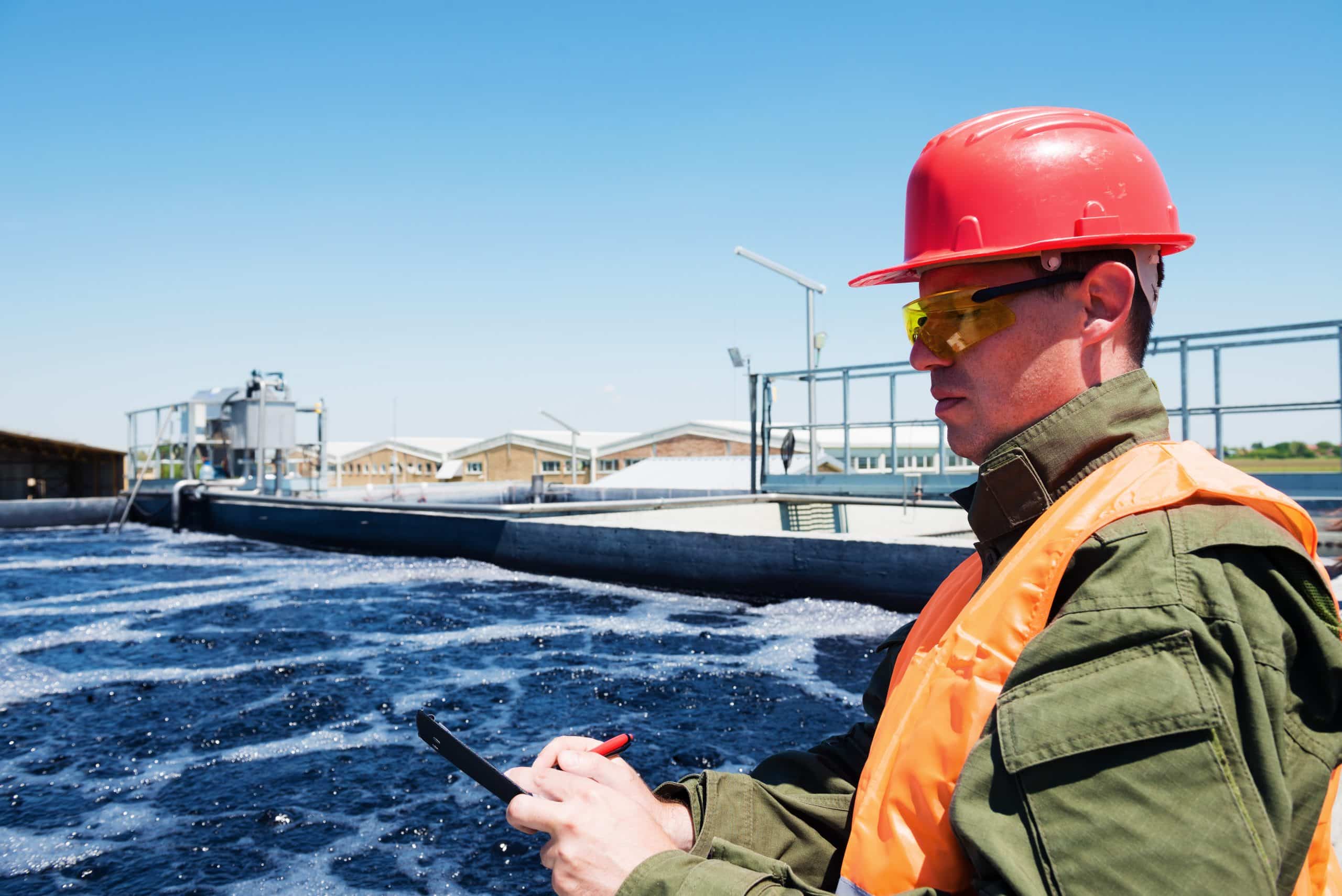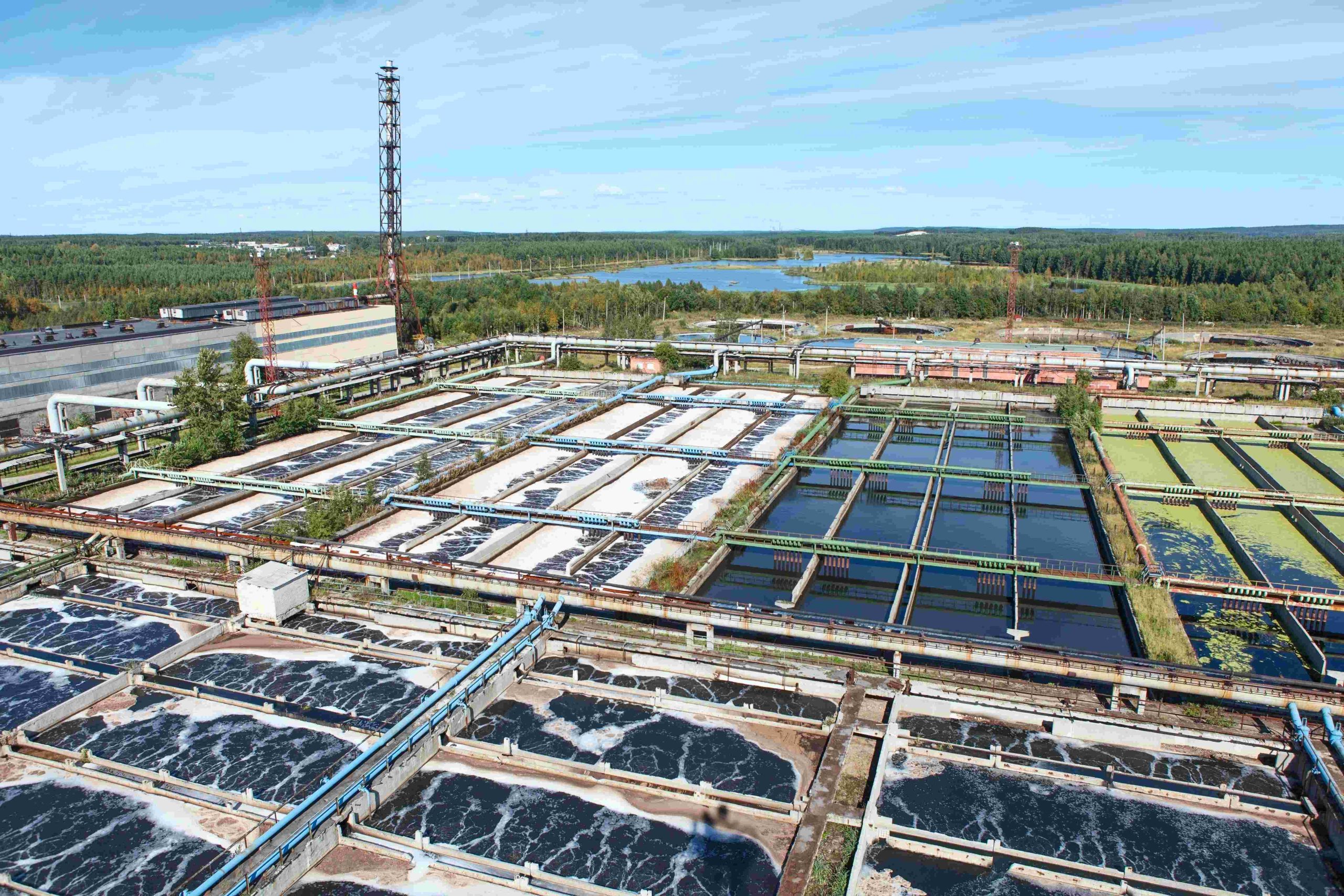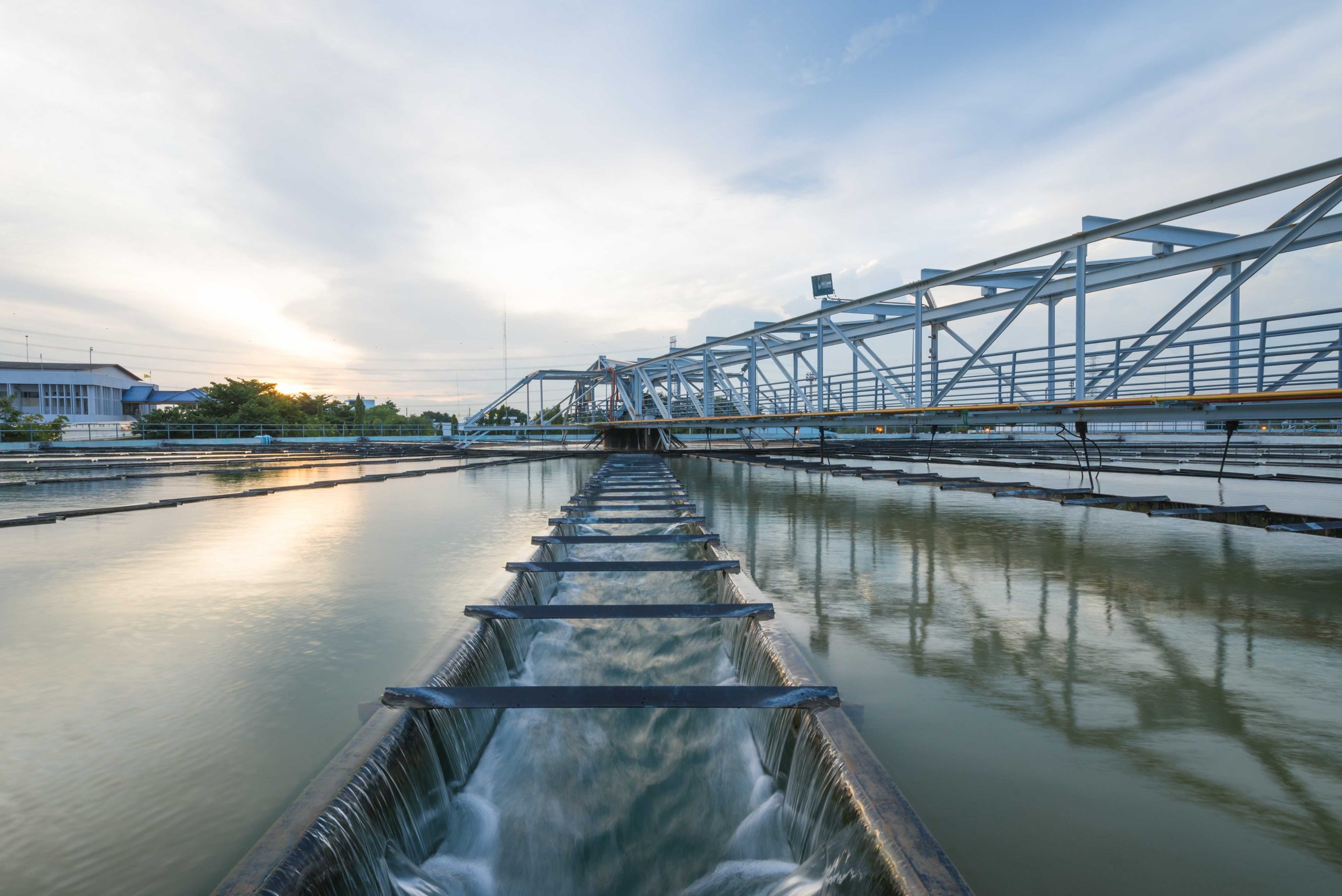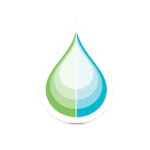
STACSENSE UV254
As part of its range of analyzers for BOD, COD, TOC and SAC254 measurements, Aqualabo presents the StacSense UV254 probe, a state-of-the-art solution for water quality analysis. Using UV-optical technology, this probe provides accurate measurements without the need for reagents. With multi-parameter capabilities, it efficiently measures SAC254, CODeq, TOCeq, BODeq and Turbidity
Learn more
